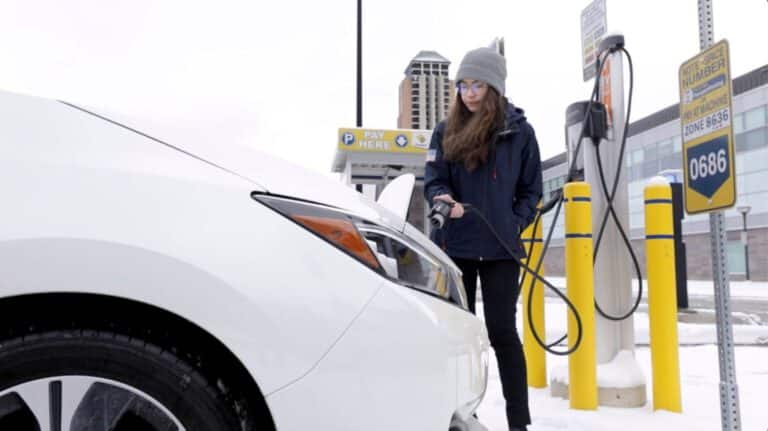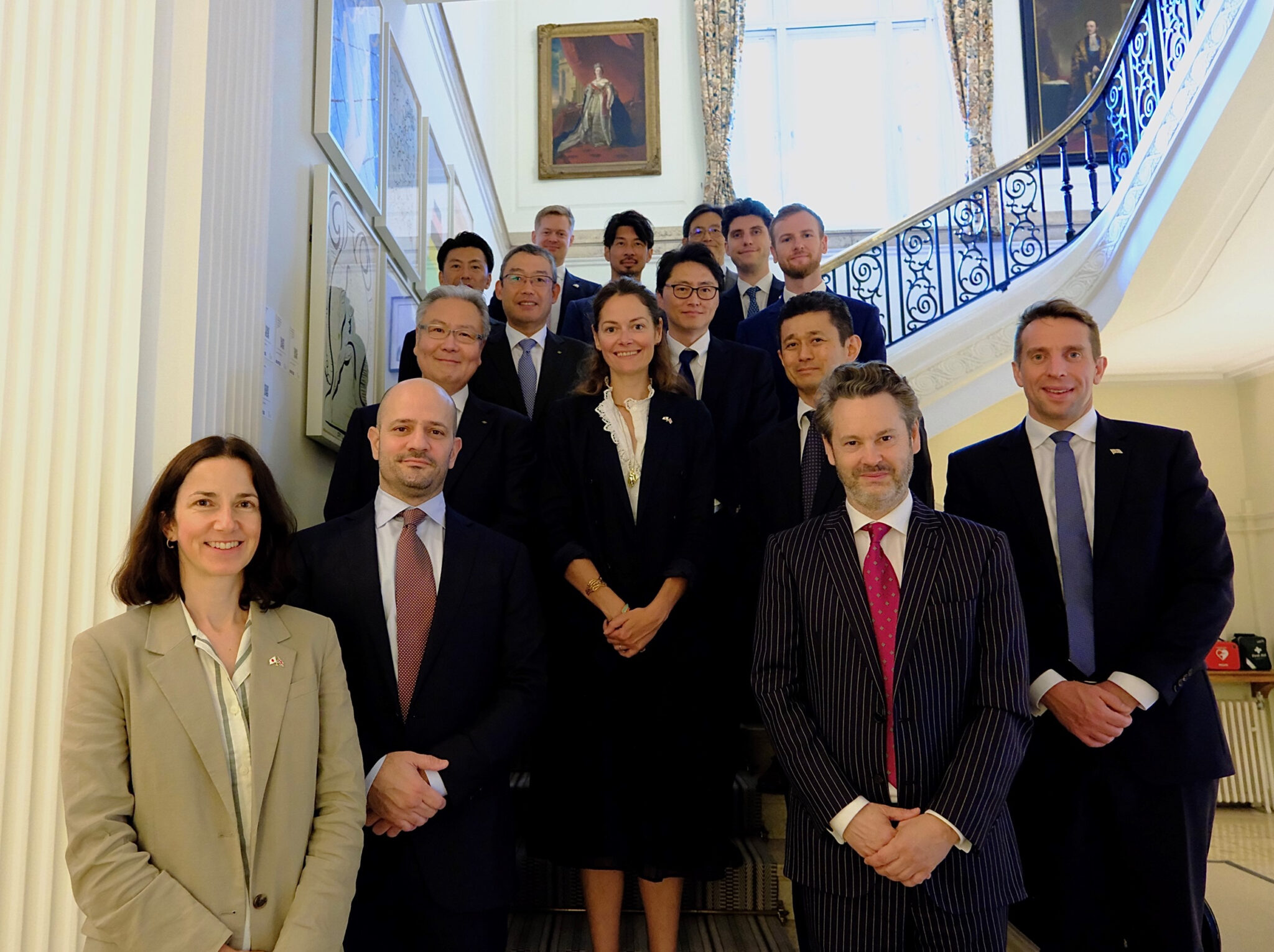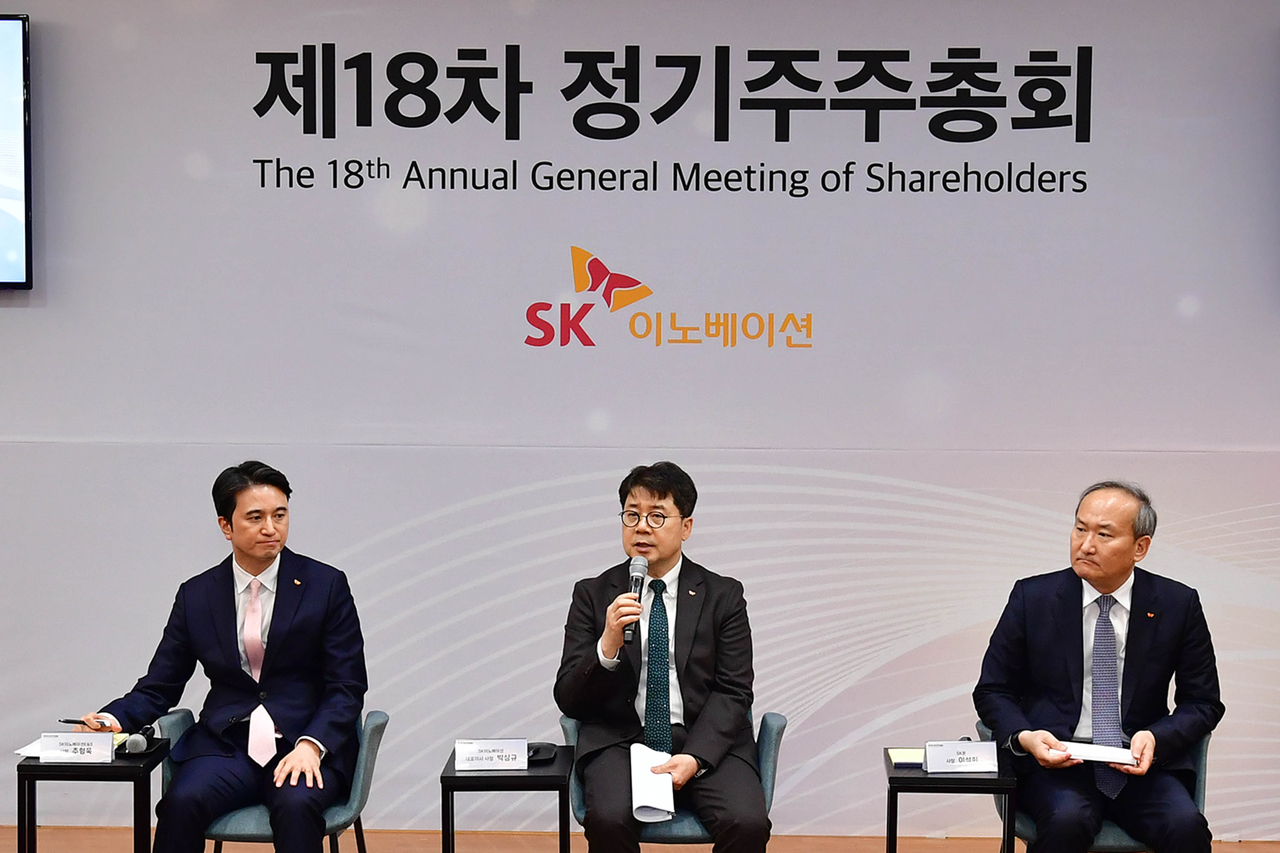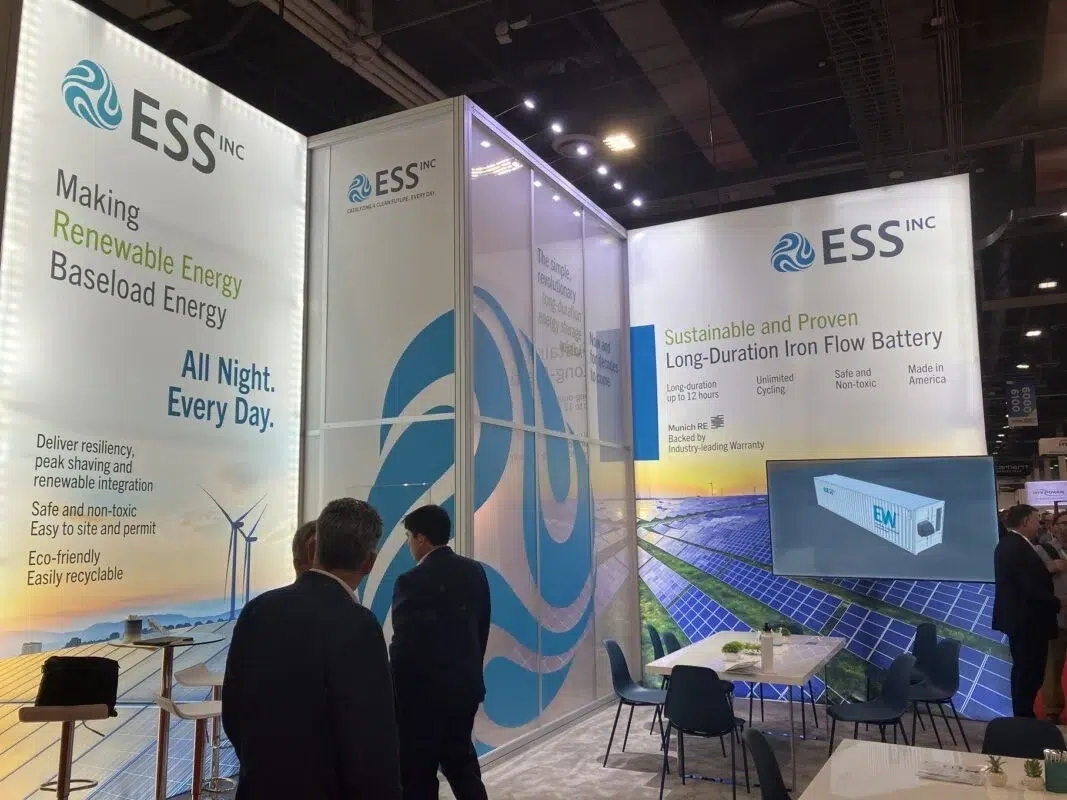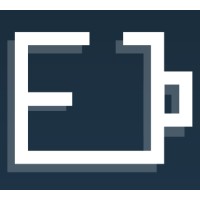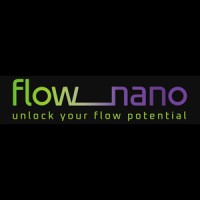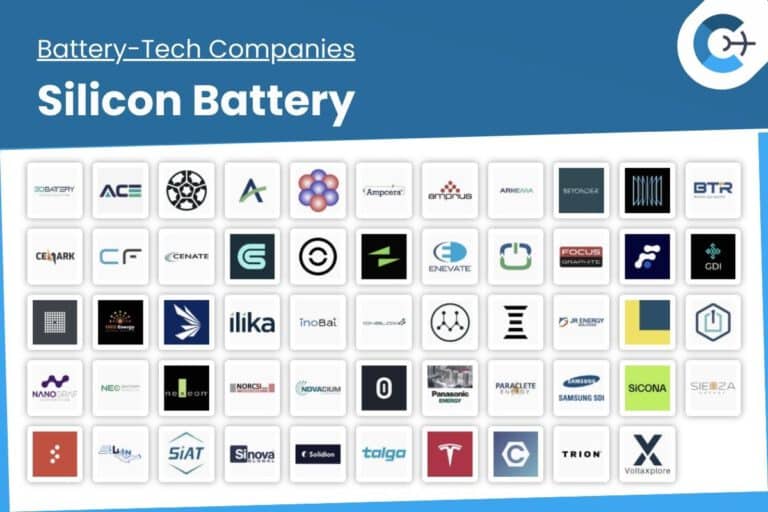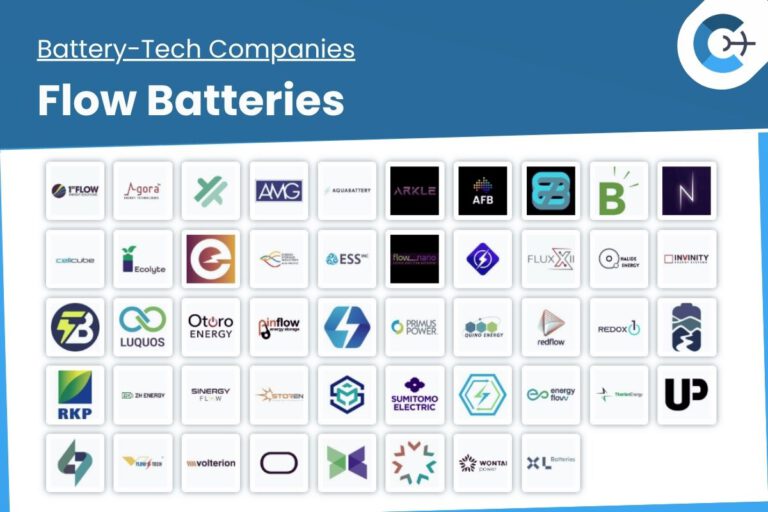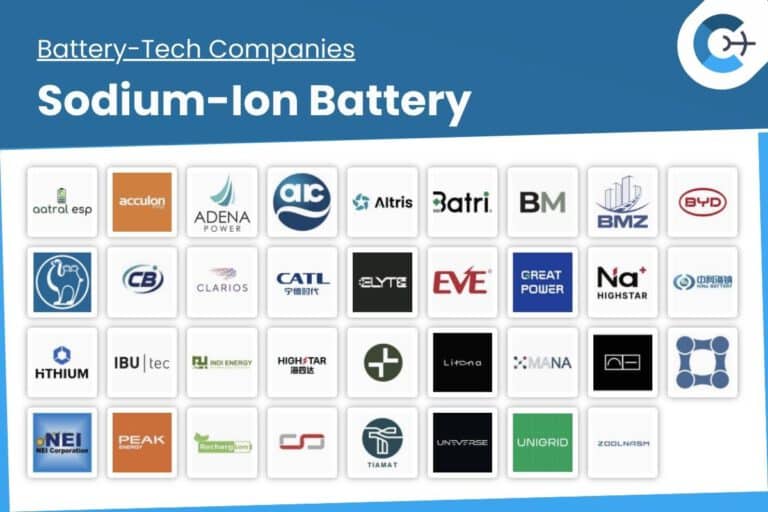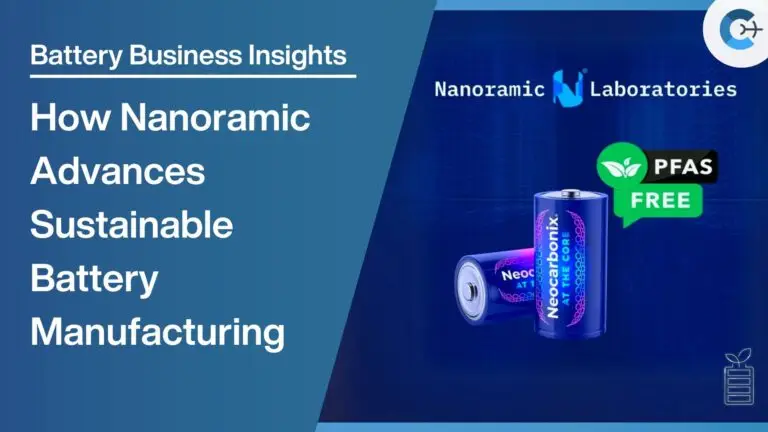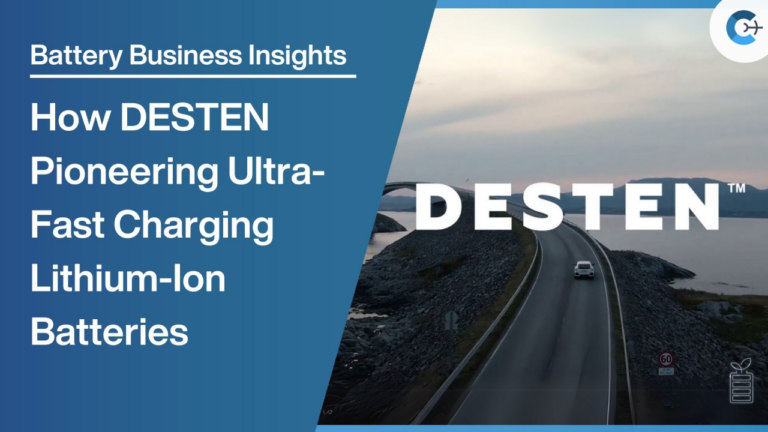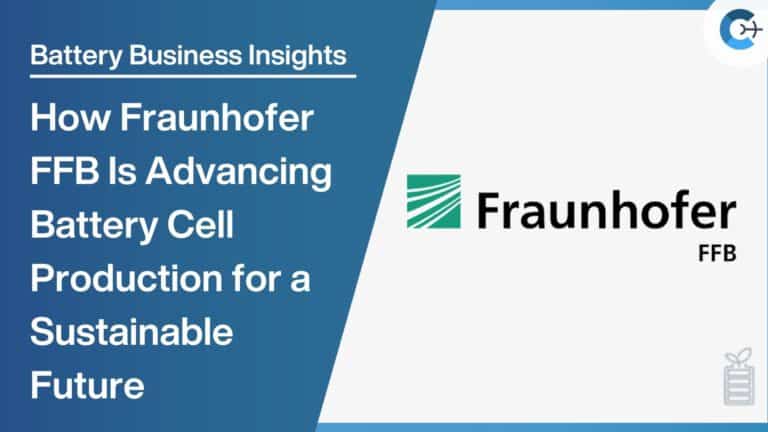A team of engineers at the University of Michigan has developed a modified manufacturing process for electric vehicle (EV) batteries that significantly enhances charging speed in cold weather conditions.
“We envision this approach as something that EV battery manufacturers could adopt without major changes to existing factories,” said Neil Dasgupta, U-M associate professor of mechanical engineering and materials science and engineering, and corresponding author of the study published in Joule.
“For the first time, we’ve shown a pathway to simultaneously achieve extreme fast charging at low temperatures, without sacrificing the energy density of the lithium-ion battery.”
The research demonstrates a method to achieve rapid charging at temperatures as low as 14°F (-10°C) without compromising the energy density of lithium-ion batteries.
The innovative manufacturing technique enables batteries to charge up to five times faster in subfreezing temperatures. This improvement is achieved through a combination of structural modifications and a specialized coating that prevents the formation of lithium plating on the battery’s electrodes, which can hinder performance. As a result, the enhanced batteries maintain 97% of their capacity even after 100 fast-charging cycles in extremely cold conditions.
Current EV batteries face challenges in cold environments because the movement of lithium ions between electrodes slows down, leading to reduced power and longer charging times. To extend range, automakers have previously increased electrode thickness, but this can restrict lithium accessibility and negatively impact charging efficiency. Dasgupta’s team had previously introduced microchannels in the anode to facilitate faster ion movement, which improved charging rates at room temperature. However, this method was less effective in cold conditions due to the formation of a chemical layer on the electrode surface that impedes charge efficiency.
The latest advancement involves applying a glassy lithium borate-carbonate coating, approximately 20 nanometers thick, to the battery. This coating works in conjunction with the microchannels to enhance charging speeds in cold temperatures significantly. Tae Cho, a Ph.D. graduate in mechanical engineering and first author of the study, noted that combining three-dimensional structures with artificial interfaces addresses the dual challenges of fast charging and long-range performance in cold climates.
Despite the increased availability of EVs over the past two decades, consumer interest has declined, with an AAA survey indicating a drop in the percentage of U.S. adults likely to purchase an EV from 23% in 2023 to 18% in 2024. Concerns about reduced range and slower charging times in winter conditions contribute to this trend.
The research team is seeking to develop factory-ready processes with funding from the Michigan Economic Development Corporation through the Michigan Translational Research and Commercialization (MTRAC) Advanced Transportation Innovation Hub. Arbor Battery Innovations has licensed the channel technology and is working towards commercialization, with both Dasgupta and the University of Michigan holding financial interests in the venture.
Source: University of Michigan News

